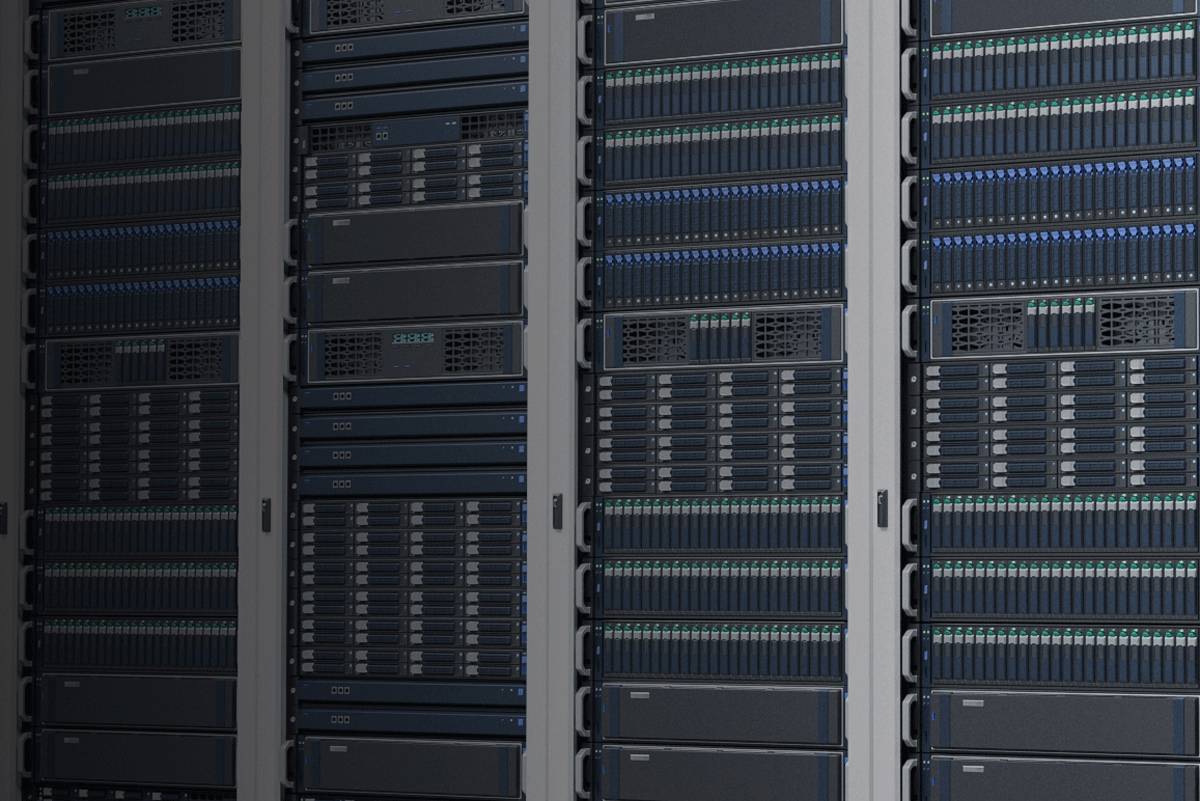By Philip van Doorn
The S&P 500’s record concentration to a handful of stocks and a high overall valuation to earnings make a case for broadening your investment portfolio
A high concentration to a small number of stocks and a high valuation to estimated profits are similar to the S&P 500’s position before end of the dot-com bubble in 2000.
Frequent headlines about stock indexes hitting record highs don’t mean very much when we are in a bull market, as steady economic growth can fuel overall stock-market growth. But the S&P 500’s valuation relative to its components’ expected profits is currently high, and the index’s gain is more concentrated to a small number of companies than it has been at any time for at least 53 years, according to analysts at Ned Davis Research.
This means that a strategy of having a lot of money in an S&P 500 index SPX fund may be more risky than you realize.
The idea of holding 500 stocks rather than a few that you select can be comforting, especially when the index has been such a strong performer over recent years.
Another advantage with an index fund is low expenses. The SPDR S&P 500 ETF Trust SPY – the oldest exchange-traded fund tracking the large-cap U.S. benchmark index – has annual expenses of 0.0945% of assets under management. This makes for an annual fee of $9.45 for a $10,000 investment. And some S&P 500 index funds are even less expensive. The Vanguard S&P 500 ETF VOO and the iShares Core S&P 500 ETF IVV, to name two examples, have expense ratios of 0.03%.
Higher concentration risk
In a recent research report, Ned Davis analysts Rob Anderson and Thanh Nguyen summarized the action within the S&P 500 during September. “The megacap strength was evident in rising market concentration, with the top 10 stocks surpassing 40% of S&P 500 market cap for the first time since at least 1972,” they wrote. The index rewards success.
If we look at the current list of holdings for the SPDR S&P 500 ETF Trust, we see that the “top 10” really includes 11 stocks, because Google holding company Alphabet Inc. (GOOGL) (GOOG) has two common share classes in the index.
Company Ticker % of SPY portfolio Two-year revenue CAGR through calendar 2024 Forward P/E
Nvidia Corp. NVDA 8.0% 113.0% 32.3
Microsoft Corp. MSFT 6.7% 13.3% 31.8
Apple Inc. AAPL 6.7% 1.1% 32.1
Amazon.com Inc. AMZN 3.7% 11.4% 29.7
Broadcom Inc. AVGO 2.8% 25.5% 37.2
Meta Platforms Inc. Class A META 2.7% 18.8% 24.0
Alphabet Inc. Class A GOOGL 2.5% 11.6% 23.3
Tesla Inc. TSLA 2.1% 9.5% 185.4
Alphabet Inc. Class C GOOG 2.0% 11.6% 23.4
Berkshire Hathaway Inc. Class B BRK.B 1.6% 10.9% 23.4
JPMorgan Chase & Co. JPM 1.5% 33.7% 15.0
Sources: State Street, FactSet
These 11 stocks of 10 companies now make up 40.3% of the SPY portfolio.
The S&P 500 is weighted by market capitalization. This means a stock with a $1 trillion market cap will have 10 times the weighting as one with a $100 billion market cap.
The table includes compound annual growth rates for the companies’ revenue through 2024. The figures were adjusted for calendar years by FactSet for companies whose fiscal years don’t match the calendar. The astounding growth of Nvidia’s (NVDA) business explains why it is now at the top of the S&P 500 weighting.
All of the sales CAGR figures for the 10 companies with the heaviest weighting in the S&P 500 far outpaced the index’s weighted two-year revenue CAGR of 3.7%, with the exception of Apple (AAPL).
Higher valuation risk
The right-most column of the table above shows forward price-to-earnings valuations for the stocks. These are Friday’s closing prices divided by consensus earnings-per-share estimates for the next 12 months among analysts polled by FactSet.
In comparison, the S&P 500’s weighted forward price/earnings ratio is 23. That is the highest it has been since early 2021, when the index’s forward P/E was slightly higher. The index’s highest forward P/E over the past 20 years was 24.25 early in September 2020, when earnings estimates were still depressed for some industries because of the COVID-19 pandemic.
The index hasn’t traded much higher than its current valuation since March 2000, when its forward P/E peaked at 26.2, according to FactSet. That was right before the dot-com bubble began to deflate.
Putting the two risks together
During the dot-com bubble, the S&P 500 crested on March 24, 2000. From that date through Oct. 9, 2022, the index declined 47.4% with dividends reinvested.
From a dot-com-bubble closing peak at 1,527.46 on March 24, 2000, the S&P 500 fell 49.1% through its closing trough at 776.76 on Oct. 9, 2002. With dividends reinvested, the index’s total return for that period was minus 47.4%.
And on March 24, 2000, before the dot-com bubble burst, the S&P 500 was 29.2% concentrated to its largest 10 component companies, according to Ned Davis Research. That was significantly less concentration than we have today.
So the current combination of a high P/E and very high concentration indicate a high level of risk for the S&P 500. And if you are of the opinion that the current stock boom that has been fed by anticipation of a pot of gold after massive spending on data centers, equipment and staff to develop generative artificial intelligence isn’t likely to be supported by AI-driven earnings, maybe you should lower your exposure to the cap-weighted S&P 500.
Read: This is the critical detail that could unravel the AI trade: Nobody is paying for it.
There are various weighting schemes that mutual funds and ETFs follow for investors who wish to stick with the S&P 500 but lower their concentration risk. Factors can include an equal weighting, a value focus such as lower P/E, momentum, dividend growth and many more, including combinations of factors.
Even more diversification might be appropriate for you
There is no question that a strategy of sticking with the cap-weighted S&P 500 for very long periods has worked out well. But you should think about your investment objectives and your time frame, both of which change over the years. Then put on your short-term thinking cap for a moment. How did you feel earlier this year when the S&P 500 dropped 19% from 6,144.15 on Feb. 19 to 4,982.77 on April 8? That turned out to be a temporary decline, and the S&P 500 has returned 15.3% for 2025 through Friday.
Now think back to how you felt during the heat of the sharp decline for the S&P 500 through April 8. Did you wish you had a more diversified – or less risky – portfolio?
Depending on your thought process, time horizon and objectives (such as eventually producing income with your portfolio), this could mean adding exposure to bonds as well as having a less concentrated equity portfolio.
Mark Hulbert spelled this out in an article about investment-portfolio diversification last week: “In the past, when the market was overvalued as it is now, a 60/40 portfolio almost always beat the S&P 500 over the subsequent decade.”
Click on the tickers for more about each company, index or ETF in this article.
Read: Tomi Kilgore’s detailed guide to the information available on the MarketWatch quote page
Don’t miss: 10 stocks that not only beat the S&P 500 but also grew their dividends the most
-Philip van Doorn
This content was created by MarketWatch, which is operated by Dow Jones & Co. MarketWatch is published independently from Dow Jones Newswires and The Wall Street Journal.
(END) Dow Jones Newswires
10-11-25 1053ET
Copyright (c) 2025 Dow Jones & Company, Inc.






